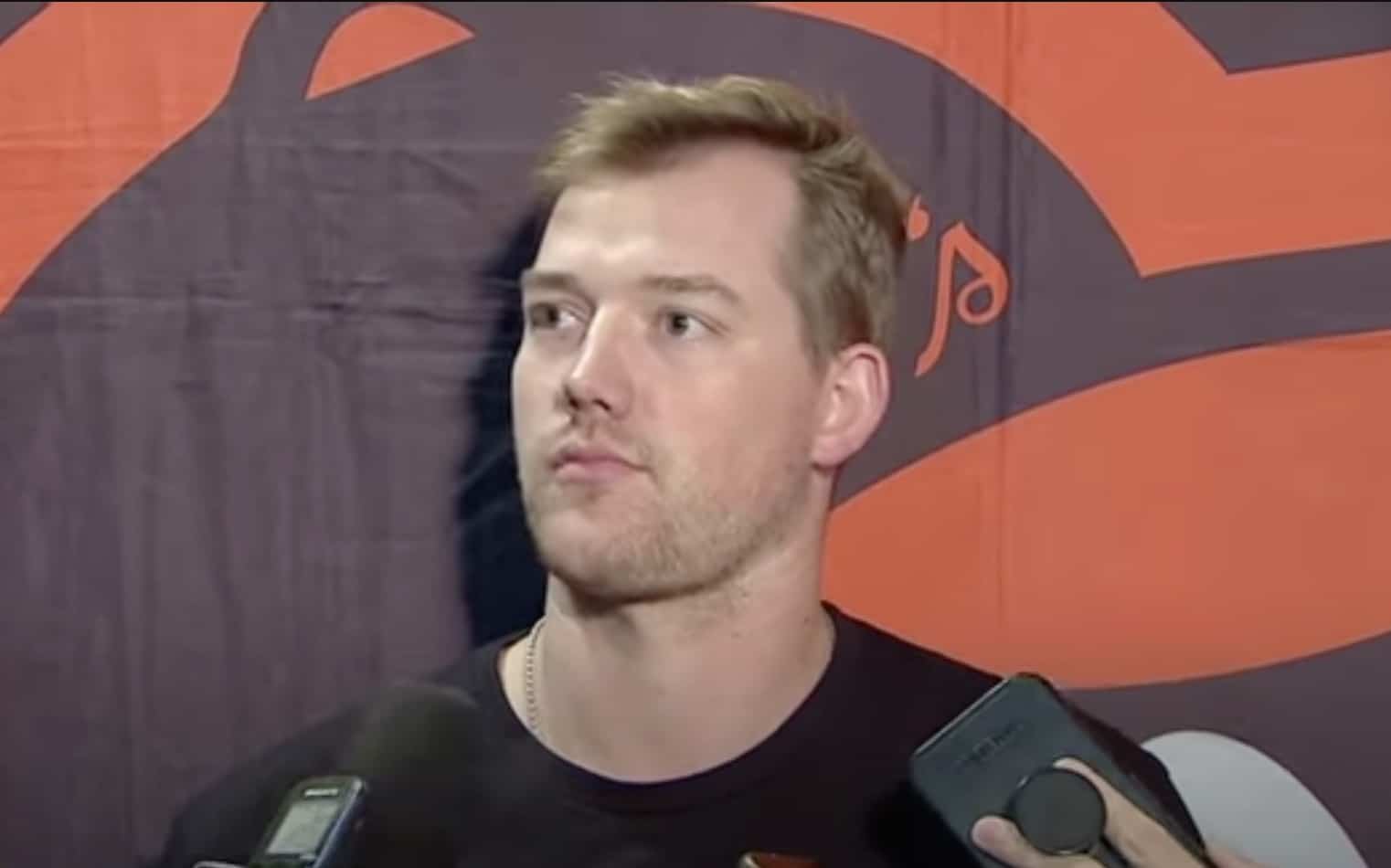Besides, Gillick had been on the phone for weeks prior, doing his job, poking at the marketplace through his vast resources of people and information, looking for takers for his star players and their huge salaries and he felt he could get good value in the deals he discussed with his contemporaries across the sport and free up payroll to be used in 1997 to reload. Both Gillick and Johnson signed three-year deals so they felt they had time to build a winner. As urgent as winning was for both men, they were of the mindset that this team wasn’t close enough.
Neither man thought the 1996 roster was working so they were looking ahead to making 1997 better.
In the days leading up the trading deadline, Gillick had been attempting to deal pitcher David Wells to the Seattle Mariners for a few prospects led by catcher Chris Widger. Rival general managers said that Gillick would couch many positions in the talks with a standard line: “I don’t think he’ll approve that,” meaning he would need the authority of Angelos to make any deal.
Gillick was finding it very hard to be in the baseball business and to be disempowered to make a move in the baseball department. It wasn’t the way he conducted business in Toronto, where he had the authority to do whatever was necessary. He and Angelos had discussed control issues eight months earlier when he took the job in November 1995. Gillick’s initial reservations and gut instincts about taking the job in Baltimore were coming back in sick, vivid reality. Angelos, on the day he convinced the decorated GM to come aboard, publicly said Gillick “would have all the leeway a GM should have, and maybe more.”
Now, on August 1, 1996, Bobby Bonilla and David Wells were still members of the Orioles and Gillick was despondent and angry about the situation. The narrative of the previous weeks became public in The Baltimore Sun as reported by Buster Olney:
In late June, the Indians and Orioles discussed a five-player deal that included Eddie Murray and Bobby Bonilla. Gillick, according to league sources, was ready to make the deal. Angelos said no, feeling the team could not win without Bonilla and the Indians were ready to dump Murray for almost nothing.
In the week leading up to the trade deadline, league sources say Gillick was prepared to deal pitcher David Wells to Seattle for three minor-league prospects, a deal that would’ve effectively ended the Orioles’ slim chances of contending for the wild card. Angelos said no, noting the Orioles’ obligation to fans who bought tickets expecting to see a contender.
In the final two days before the deadline, sources say Gillick arranged a four-player trade with Cleveland: Wells and Jeffrey Hammonds to the Indians for outfielder Jeromy Burnitz and young left-hander Alan Embree (who was on the disabled list). Angelos said no; again, trading Wells would’ve ended any hope of the Orioles contending.
The Orioles talked at length about swapping Bonilla to the Reds for a group of youngsters, the most prominent of whom was Triple-A outfielder Steve Gibralter. Like the other deals pursued by Gillick and assistant GM Kevin Malone, this trade would’ve given the Orioles at least one Triple-A prospect, the type of prospects the Orioles were lacking. Angelos didn’t want Gillick to shop Bonilla for a player who couldn’t help them immediately.
“To discuss dismantling the club in those circumstances is something ownership must be involved with,” Angelos said. “That’s not just a baseball decision. That’s an organizational policy decision.”
The Orioles were 53-52 and five games back in the AL wild card race on July 31. They were 12-29 vs. teams with winning records. The bullpen, decimated by injuries to Armando Benitez, Roger McDowell and Arthur Rhodes, had been atrocious. And the fans in Baltimore were furious with the effort and heart the team was showing in front of sold-out crowds every night and the high expectations that come with the highest payroll in the sport and a 12-year playoff drought.
It was the fans and their loyalty that Angelos brought into question with the notion of trading current MLB players for future prospects. Of course, the Baltimore Ravens were in training camp for the first time and would be playing NFL games at Memorial Stadium in September. Angelos had no intentions of allowing his baseball team to be an also-ran in the first month that Art Modell’s carpet-bagged team would be spreading its purple wings across the Chesapeake Bay region. If Angelos saw George Steinbrenner as the enemy in his own sport, clearly Modell and his pirated football team became the enemy in his backyard. The Ravens had also raided some key business employees from The Warehouse as well over their first eight months in business in Baltimore, people who were eager to depart the Angelos monarchy. And on the sponsorship side, the NFL was now calling upon local businesses and former Orioles salesmen were the ones making the calls to familiar local executives to spend money with the new purple birds.
“We have an obligation to maintain a competitive team,” Angelos said. “To trade Wells would have had a very detrimental effect. There is still almost a third of the season still to play.”
While the Orioles stood pat – and infuriated general manager Pat Gillick – the Yankees dealt for home run machine Cecil Fielder and looked to pad their then rare lead in the American League East.
And then the strangest thing happened to a team of underachievers with the Baltimore Orioles.
The team started winning.
The Orioles won four in a row and then five in a row later in August, as the bullpen got healthy and the bats came to life. During Labor Day week they beat up on Detroit and Chicago and positioned themselves back into the hunt for an orange October for the first time since 1983.
But even the players felt the strangeness of being members of the Baltimore Orioles. Because Angelos had appointed numerous members of his family into key roles, it seemed that everyone had an opinion. After Bobby Bonilla hit a key home run in September and trotted around the bases he soon heard from the clubhouse attendant, who answered the clubhouse phone. “Mrs. Angelos called and said your shoes are a little too loud, a little too showy,” the message was delivered. “She wants you to change your shoes.”
Bonilla, like many of that generation, were showing off all kinds of shiny new kicks that apparel companies were trying to get them to showcase.
And if the opinions of Mrs. Angelos, which according to many came frequently and from the beginning on all sorts of issues from interior design to uniform colors and patterns to the annual selection of the picture for the cover of the Orioles media guide, were a little awkward for the players, you can only imagine the frost that came when Gillick was overruled by Mr. Angelos.
But it turned out that the owner could later brag about being “correct” regarding the July 31st prescription to not trade Bonilla and Wells. It also didn’t help interior harmony when the players found out that their GM didn’t want them anymore.
































